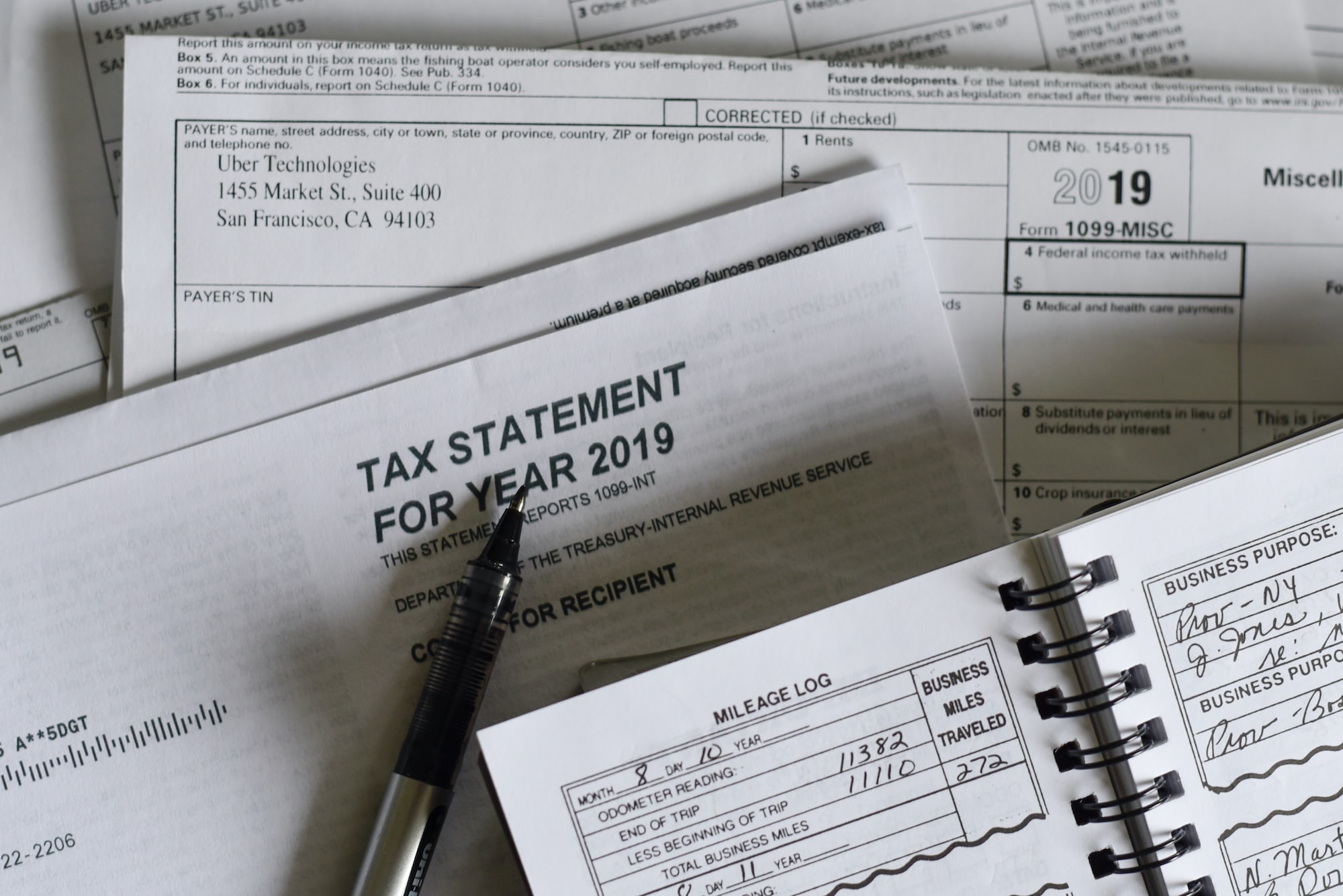Are you ready for a disaster?
Because a natural disaster can strike any time, the Internal Revenue Service is reminding individuals and businesses to take time now and create or update their emergency preparedness plan.
During 2018, the IRS has offered tax relief and assistance to millions of victims of natural disasters, including hurricanes, severe storms, flooding, tornados, wildfires, high winds, tropical storms, an earthquake and a volcano.
Individuals, families and businesses begin getting ready for a disaster with a preparedness plan that includes key documents, lists of belongings and property.
Copies of key documents-original documents:
Including bank statements, tax returns, deeds, titles and insurance policies, should be kept in a safe place in waterproof containers. A duplicate set of key documents should be kept with a family member or trusted friend outside the area the disaster may affect.
rather than copy paper documents, scanning them for backup storage on a hard drive, flash drive, CD or DVD takes less space.
Many financial institutions provide statements and documents electronically.
Document valuables and equipment photographs or videos of the contents of any home or business, especially high value items, can help support claims for any available insurance or tax benefits should a disaster strike. The IRS has a disaster-loss workbook for individuals (Publication 584, Casualty, Disaster, and Theft Loss Workbook) and businesses (Publication 584-B, Business Casualty, Disaster, and Theft Loss Workbook) that can help people compile lists of belongings or business equipment. Images may fit on the same storage device as electronic documents.
Check on fiduciary bonds Employers who use payroll service providers should ask the provider if it has a fiduciary bond in place. The bond could protect the employer in the event of default by the payroll service provider.
IRS is ready to help in the case of a federally-declared disaster with FEMA Individual Assistance, an affected taxpayer can call
866-562-5222 to speak with an IRS specialist trained to handle disaster-related issues. Taxpayers can get copies of previously filed tax returns and all attachments, including Forms W-2, by filing Form 4506, Request for Copy of Tax Return. Tax transcripts that show most line items on a tax return can be ordered through the Get Transcript link on IRS.gov, by calling 800-908-9946 or by using Form 4506T-EZ, Short Form Request for Individual Tax Return Transcript, or Form 4506-T, Request for Transcript of Tax Return.
Changes in Tax Rates For 2018, most tax rates have been reduced. This means most people will pay less tax. The 2018 tax rates are 10%, 12%, 22%, 24%, 32%, 35%, and 37%. In addition, for 2018, the tax rates and brackets for the unearned income of a child have changed and are no longer affected by the tax situation of the child’s parents. The new tax rates applicable to a child’s unearned income of more than $2,550 are 24%, 35%, and 37%. In addition to lowering the tax rates, some of the changes in the law that affect you and your family include increasing the standard deduction, suspending personal exemptions, increasing the child tax credit, and limiting or discontinuing certain deductions. Most of the changes in this legislation take effect in 2018 for federal tax returns filed in 2019. It is important that individual taxpayers consider what the TCJA means and make adjustments in 2018 and 201

PAYCHECK CHECKUP
Doing a checkup can help protect against having too little tax withheld and facing an unexpected tax bill and even a penalty at tax time. Some taxpayers might prefer to have less tax withheld up front and receive more in their paychecks, which would reduce their tax refund.
The Paycheck Checkup campaign encourages you to review your tax situation. The new tax law could affect how much tax someone should have their employer withhold from their paycheck. To help with this, taxpayers can use the Withholding Calculator on IRS.gov. The Withholding Calculator can help prevent employees from having too little or too much tax withheld from their paycheck. Having too little tax withheld can mean an unexpected tax bill and even a penalty at tax time. You might prefer to have less tax withheld up front and receive more in your paycheck which may mean a lower refund or an unexpected tax bill. Or, you might prefer to make estimated or additional tax payments to avoid an unexpected tax bill and possibly a penalty.
